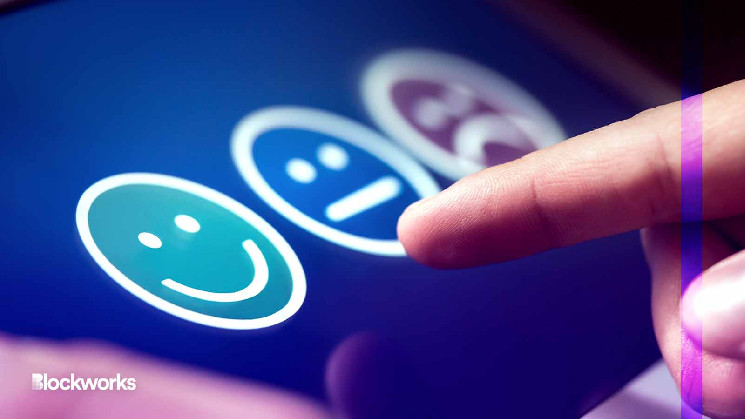“It’s a wild time to be building in crypto,” says Josh Cornelius. “The macro environment is obviously terrible. The Twitter sentiment is terrible. The NFT volume is terrible.”
“But then you look at some of these new tech stacks that are emerging – and it’s just such an exciting time to actually be building in consumer crypto.”
In the On the Other Side podcast (Spotify/Apple), the Seed Club incubator partner explains that the program is aimed at supporting the development of consumer-facing Web3 apps. “In the end we selected ten [projects]all of which reveal interesting and strange sides of consumer crypto.”
These aren’t your typical DeFi or DAO tooling projects, Cornelius points out, saying the new projects are focused on the consumer experience “through and through.”
While most crypto investors fled to the relative safety of building infrastructure during recent bearish conditions, Seed Club founder Jess Sloss says that “the world has never looked better for building consumer experiences in crypto.”
“The infrastructure has never been better.”
“What we hear from builders,” Sloss continues, “is that they had the resources to do interesting things, but maybe the interest for the money wasn’t quite there.” Sloss says he observed a “mismatch” between builders and money, giving Seed Club the opportunity to “intervene.”
“We have a deep belief in this stuff. And we believe we can find some incredible teams exploring new and emerging frontiers.”
Feels nothing like Web2
The Seed Club incubator program’s most recent cohort received nearly 300 applications, of which they chose 10 to support, Sloss explains. “The interesting thing about that experience is that you get to see a broad selection of the visions that people in the room have.”
“We have ten teams of incredible builders with big visions and over the last two and a half months we’ve seen them work really, really hard on it,” says Sloss, adding that he’s excited to “open the doors and show other people what we have seen in recent months.”
Sloss explains that the new projects will leverage “new potential value creation mechanisms that exist in the Web3 space.”
“We will see which ones are sustainable and create lasting value. But at the very least, we’ll be looking for new, interesting opportunities, rather than the kind of meager games that exist today.”
Cornelius says the current cohort of Seed Club development projects consists of “new consumer experiences that look nothing like Web2.”
“We have a project called Sofamon, which is difficult to describe,” he says. The app is a browser extension that acts as a wallet interface, he explains. “It’s this cute little bunny that responds to all your interactions in the chain. If a friend sends you tokens, if something happens in your wallet, he responds.”
“Your friend can jump on your screen and slap you if you did something stupid on the chain. They are building this completely new social layer for on-chain experiences.”
Cornelius mentions a few other projects that focus on building a “lifestyle culture layer” for IRL experiences and “ephemeral art installations” that enrich the experience and “make it fun to be there.”
Sloss then describes another project called SenSpace. “They are very methodical in building their core community of creators,” he says. “They’re not running on the 10K PFP, not on the speculation side, but using these NFTs as a way to really bring those creators into this world of SenSpace.”
“Each entity is a soul-bound token, but more importantly, each is a character and a world designed specifically for that creator.”
Sloss explains that the tokens act as a means to encourage buy-in in the community, where the creators then collaborate with others in the network. “You’re starting to see the compounding effects of that, even in the last two months of working with the team.”
It is an implementation of NFT technology where the “asset connects a group of people,” says Sloss, “but speculation is not the main driver.”
“It will lead to new, interesting opportunities – and we are already seeing the early stages of that.”
“At its core,” says Sloss, “this novelty is around what a token can be used for and how it can bring people together, coordinate people and create value together.”

